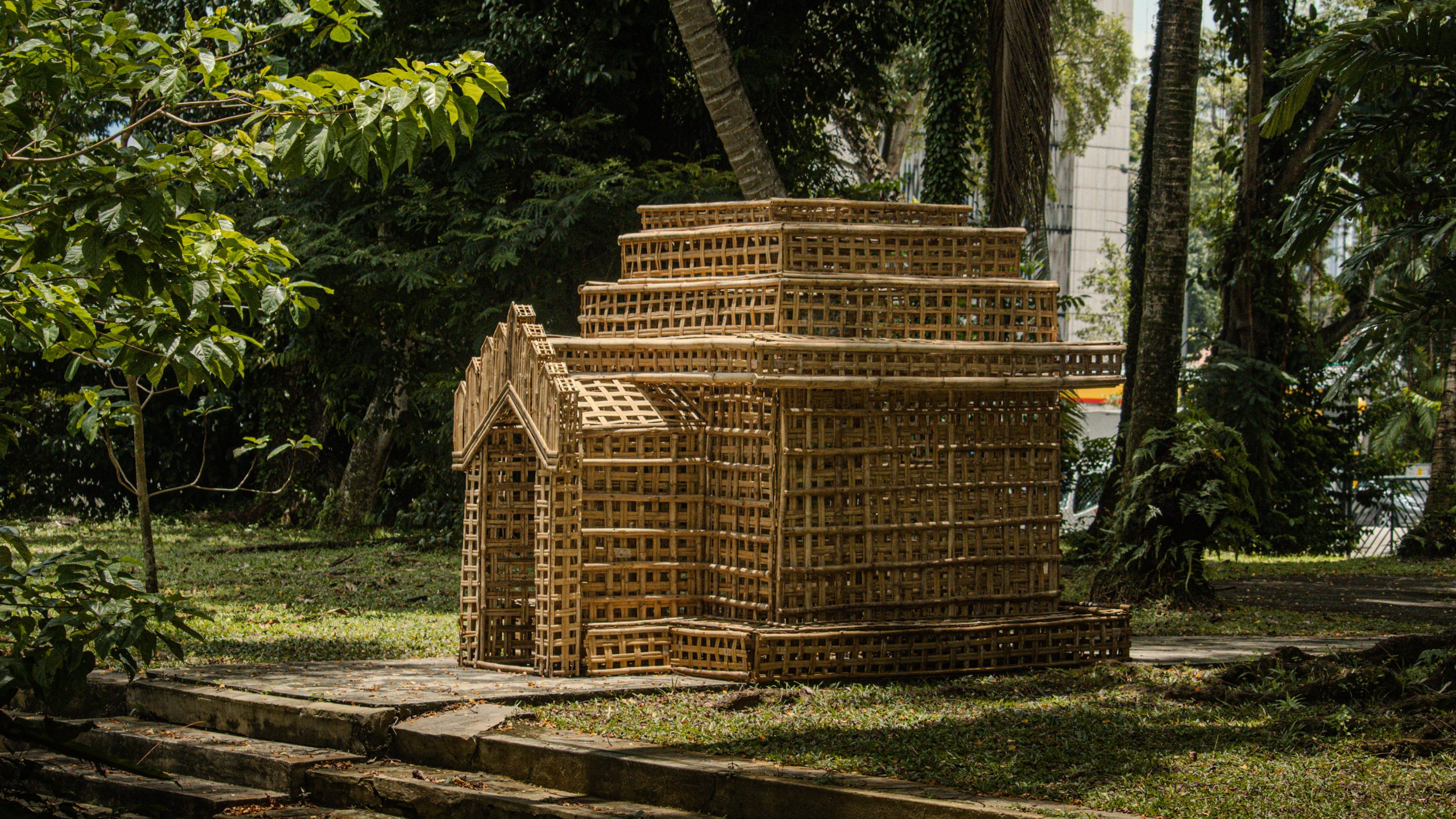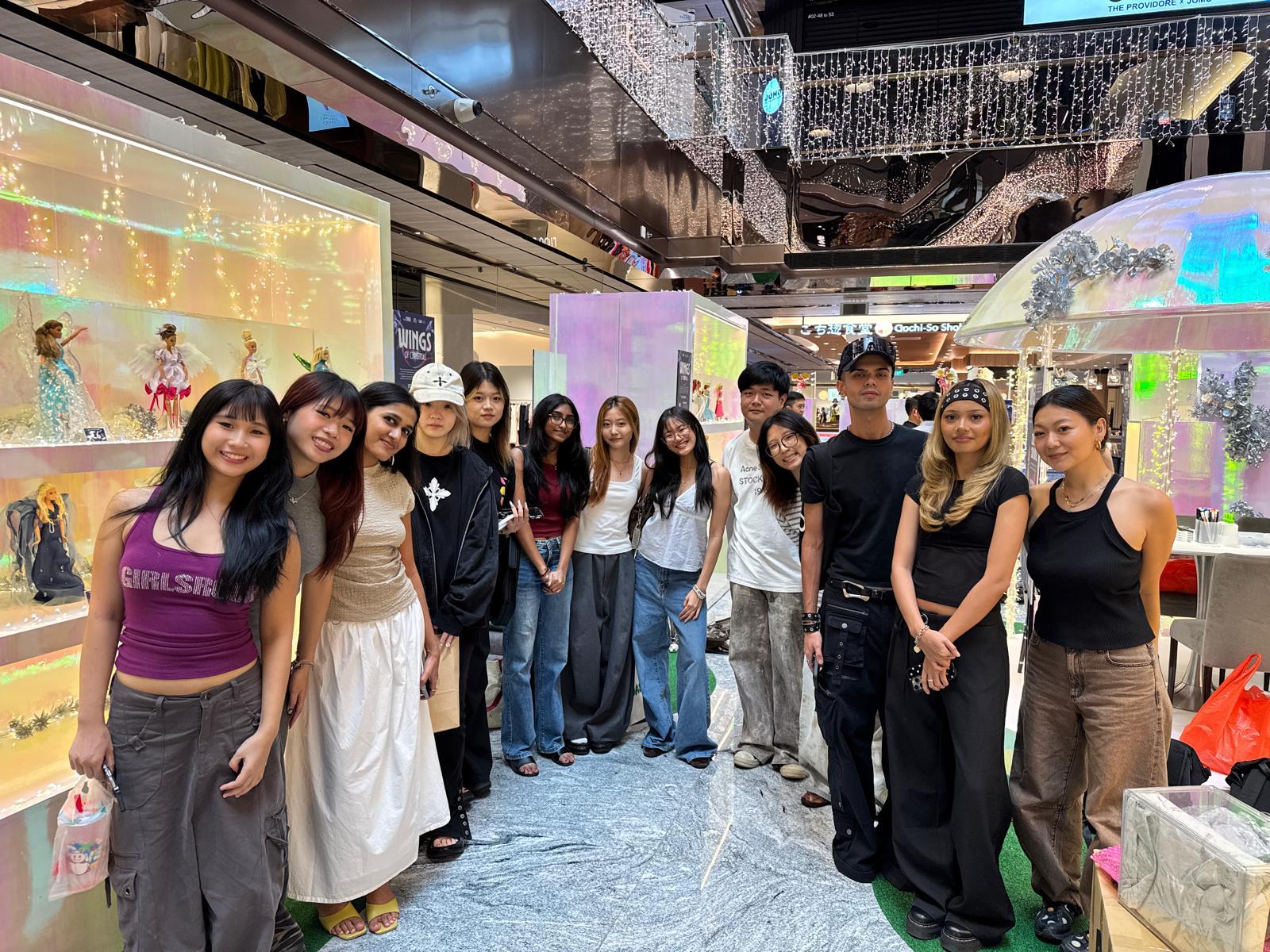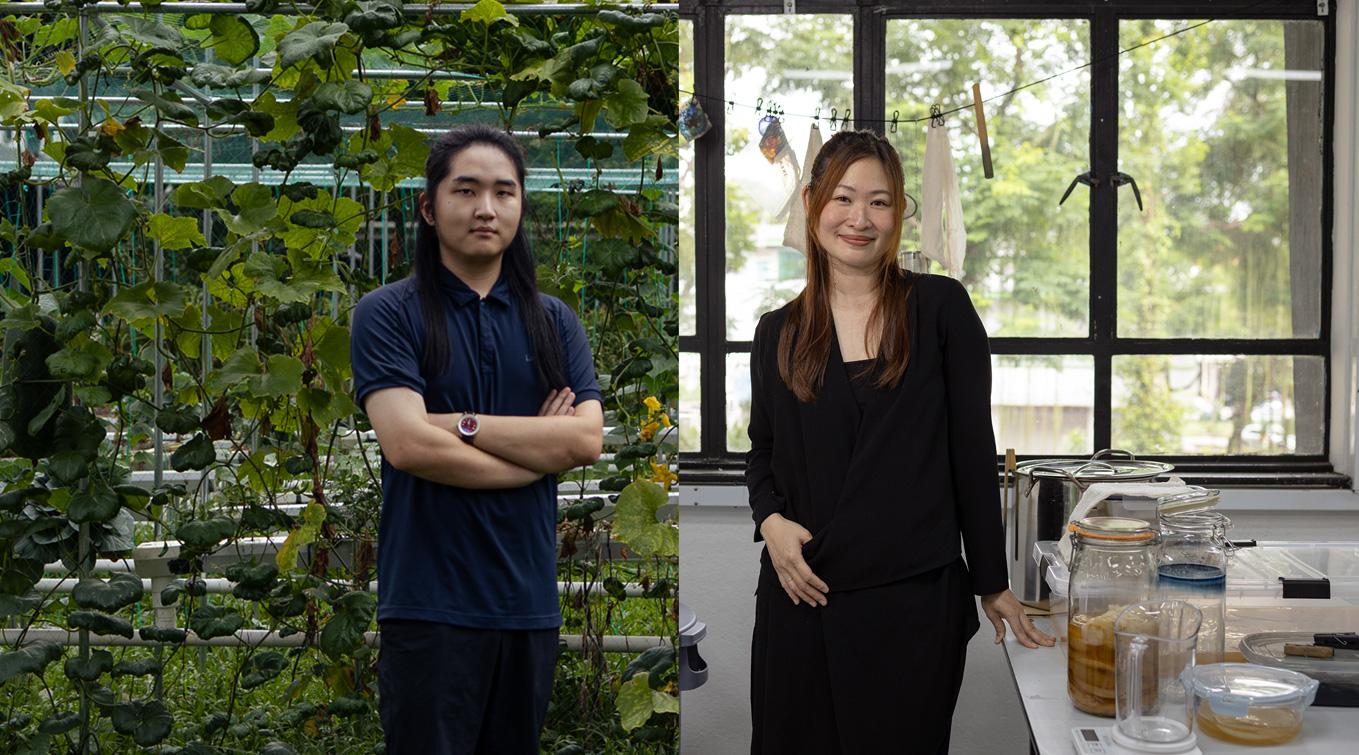Upcycling SMRT train cabins
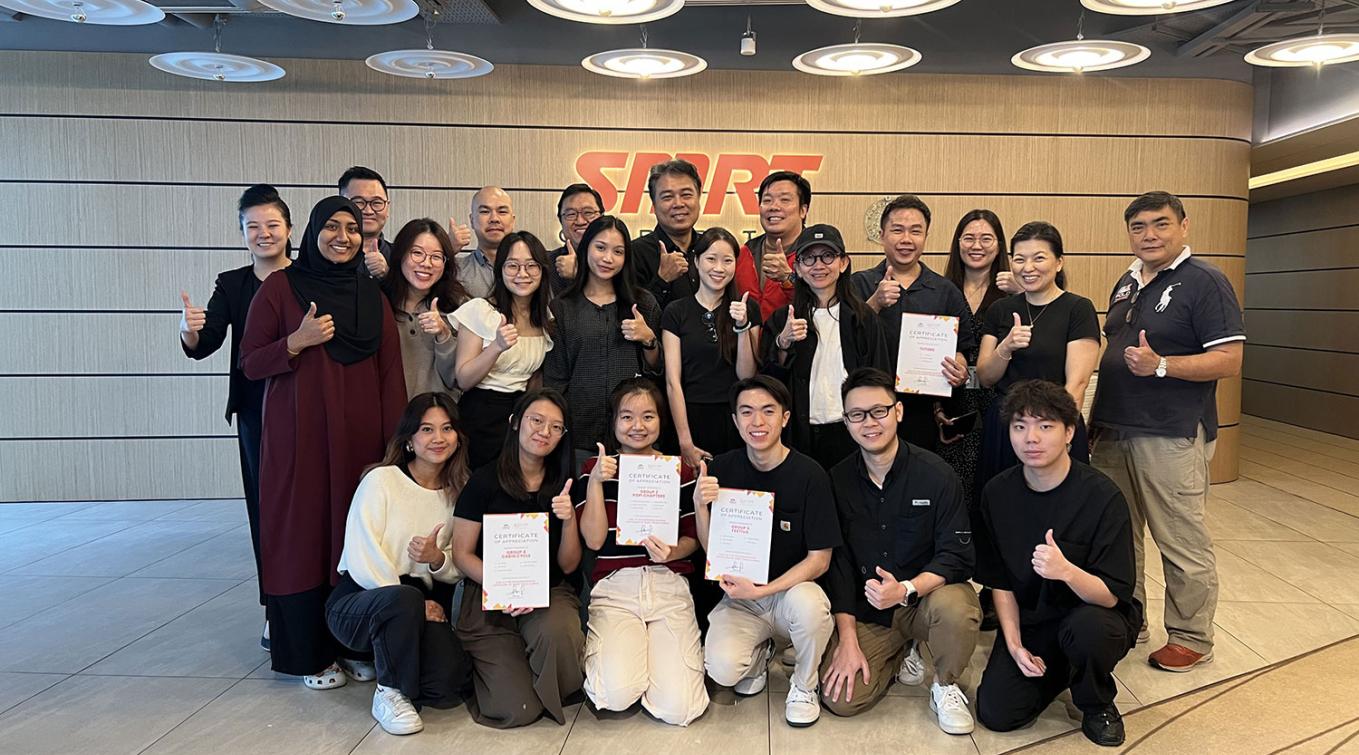
Stellar Lifestyle—the largest managing agent of retail and advertising spaces in Singapore’s rail network—collaborated with students from LASALLE’s BA (Hons) Interior Design programme to breathe new life into retired train cabins.
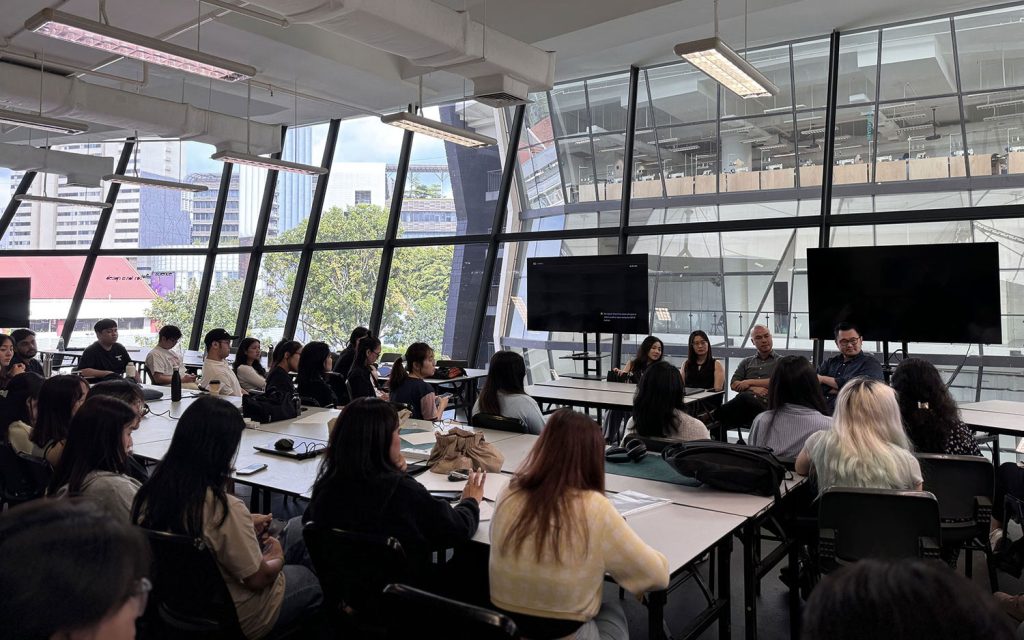
Project briefing by the Stellar Lifestyle team.
This unique challenge offered the student designers a hands-on opportunity to apply their classroom learning in response to an industry brief—repurpose SMRT train cabins for both community and commercial use by pushing the boundaries of creativity and functionality.
Thinking outside of the box, the students considered the diverse needs of the community and explored potential commercial ventures. Through detailed diagrams, intricate drawings and immersive 3D visuals, they transformed the interiors into vibrant activity hubs—from mobile libraries and mini-cafes to pop-up shops and interactive art installations, the possibilities were as diverse as their imaginations.

Shortlisted groups of students present their proposals to the team at the SMRT headquarters.
The students were also mentored by experienced engineers from SMRT, gaining valuable insights into the technical aspects of train cabin design and the practical considerations involved in repurposing them.
The top three groups were invited to deliver their final presentations at the SMRT headquarters. Their work will be displayed in MRT trains and stations.
This industry collaboration with Stellar Lifestyle has pushed students to foster a deeper understanding of the potential for adaptive reuse and sustainable design, providing them with valuable experiences in design thinking, problem-solving and collaboration. It also highlights the power of collaboration between industry and education, as well as the potential of nurturing the next generation of designers to shape the future of urban spaces.

From left to right, Tony Heng, President, Stellar Lifestyle, with students Pu Wen Wen, Chan Man Wai Sharome, Farah Bte Omar and Jumana Haseen D/O Abdul Ghani

Kopi Chapters concept art by Chan Man Wai Sharome, Farah Bte Omar, Jumana Haseen D/O Abdul Ghani, Leong Mun Fay Ava, Leong Wai Kit and Pu Wen Wen.
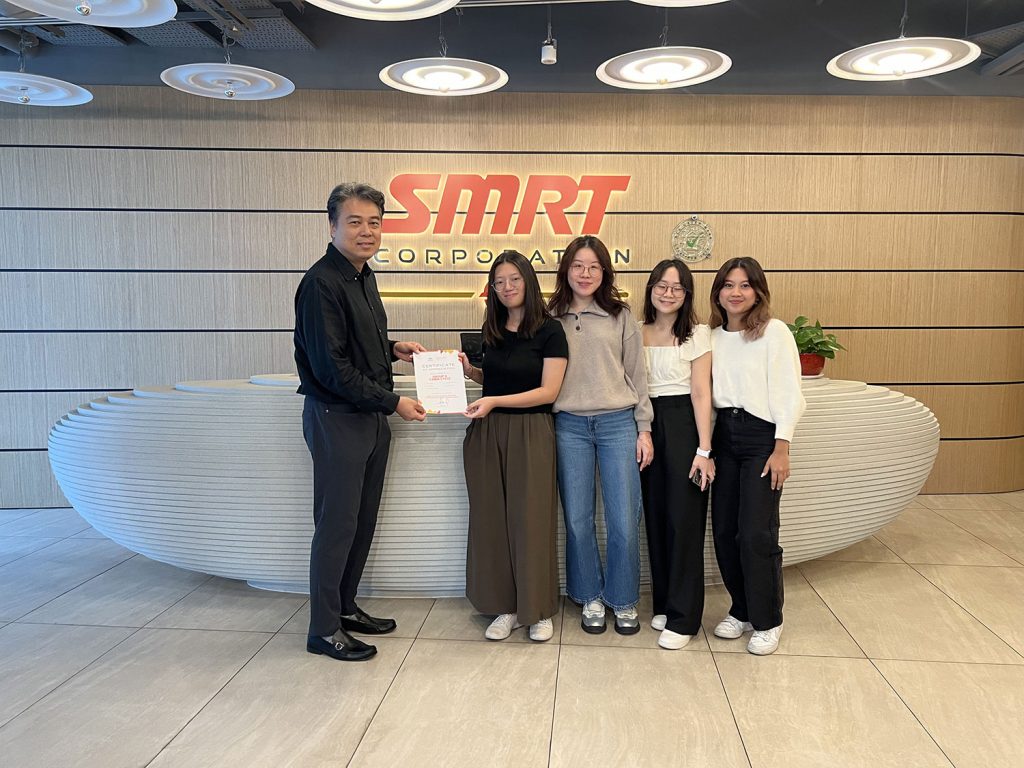
From left to right, Tony Heng, President, Stellar Lifestyle with students Lew Xin Hui, Soh Xin Thong, Jana Oon Jing Min and Jan Ysabel S. Panghulan.

Cabin Cycle concept art by Jan Ysabel S. Panghulan, Jana Oon Jing Min, Jason Lim Lie Hao, Lew Xin Hui and Soh Xin Thong.
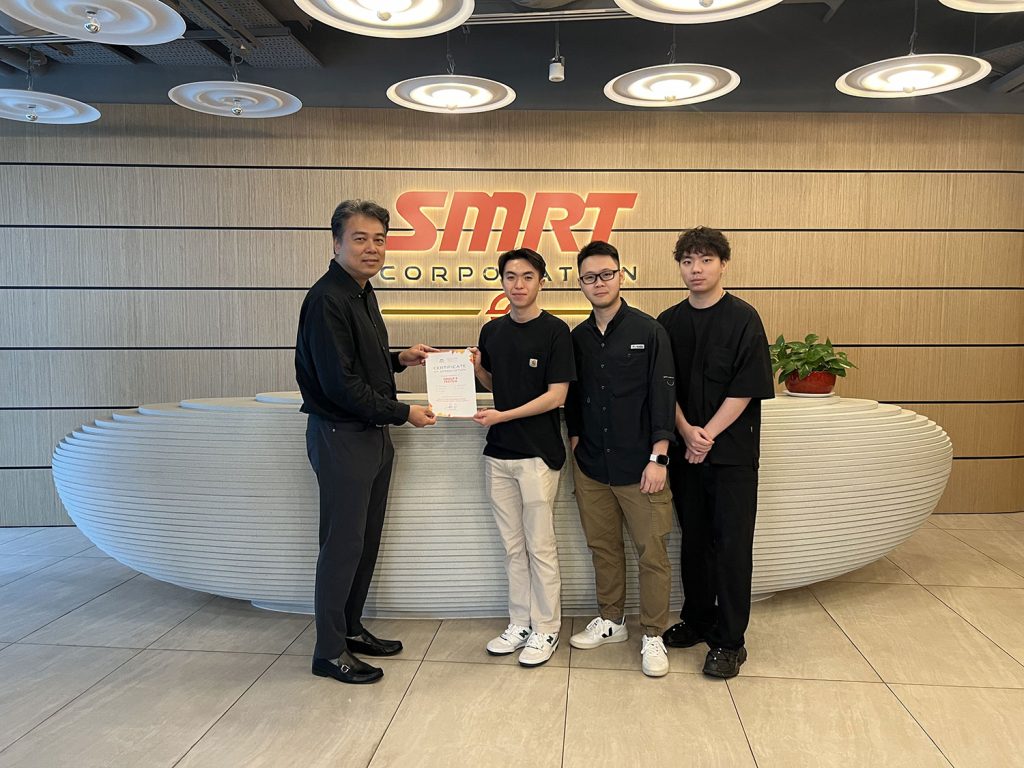
From left to right, Tony Heng, President, Stellar Lifestyle with students Keuk Rui Hang, Ting Si Seng and Xu Yantao.

Festiva concept art by Keuk Rui Hang, Mikaela Brianne, Ting Si Seng, Vicky Alicia and Xu Yantao.




